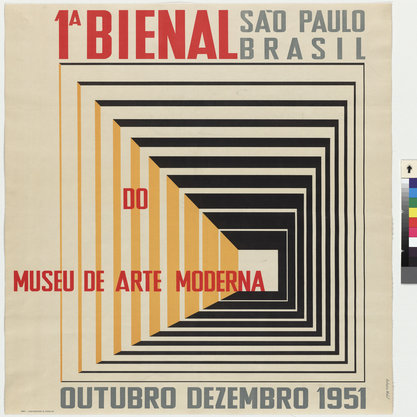Article
Alvarez Bravo, Lola (1903–1993) By Black, June I.K.
Article
Born to a wealthy family in Jalisco, Mexico, Dolores Martínez de Anda (always known as Lola) was brought up in luxury during her infancy and childhood; nonetheless, she witnessed the incredible upheaval of the Mexican Revolution as a young woman. In 1925, she married Manuel Alvarez Bravo, who had been a student of photography under Hugo Brehme. The Alvarez Bravos moved to Oaxaca early in their marriage, where Lola began to learn about photography from Manuel. They shared a camera and a dark room during their time in Oaxaca and worked in a similar style. Although Lola received less recognition than Manuel during her lifetime, she is now recognized as an influential Mexican photographer and is often cited as the first Mexican-born woman to dedicate herself to the medium. Her photographic aesthetic was strongly influenced by her husband in the early years of her career, but also by Tina Modotti and Edward Weston (who worked in Mexico in the mid-1920s) and Henri Cartier-Bresson and Paul Strand (who worked there in the mid-1930s). Her later photomontages alternatively engaged with both Constructivism and Surrealism. She was also a curator, educator, photojournalist, and general advocate of the arts in Mexico.


